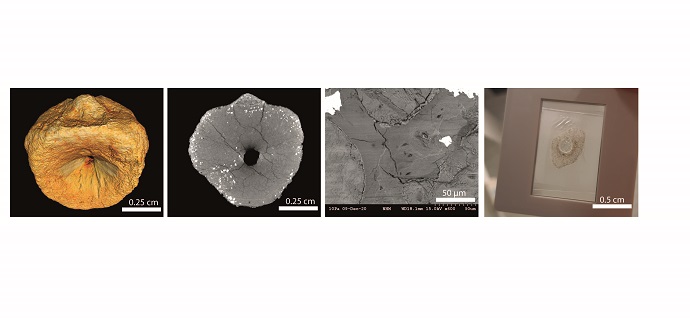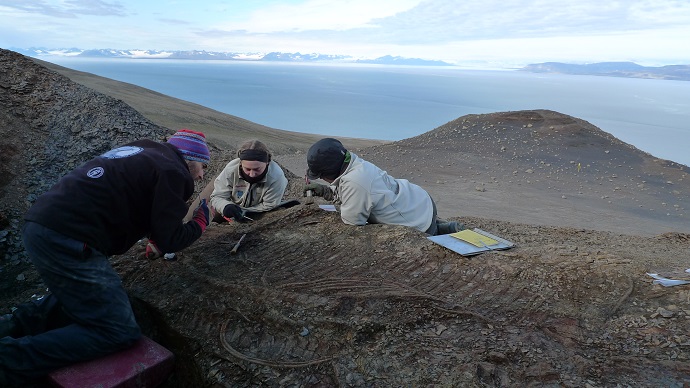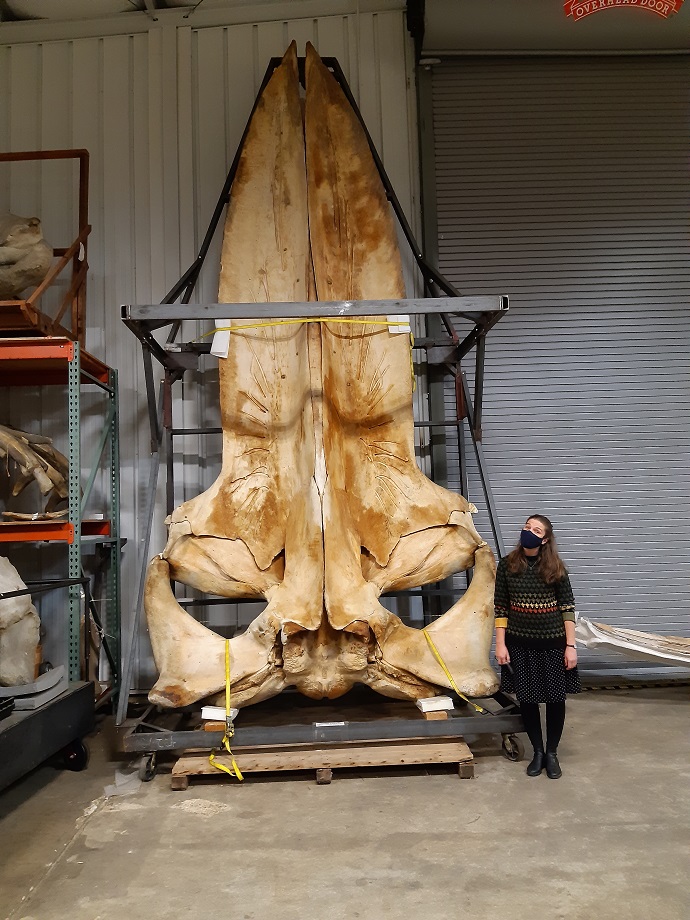About the project
Through the history of life, a streamlined body propelled by a strong tail has evolved in several animal groups. This phenomenon is called convergent evolution: Two or more organisms evolving similar adaptations in response to the same environment and lifestyle.
In most biology books on the topic, you will find two fish-shaped animals as the prime example: One reptile, the extinct ichthyosaur (“fish lizards”), and one mammal, the dolphin. Both of these had ancestors on land, and evolved into fully marine creatures in the wake of a mass extinction. The ichthyosaurs existed for 150 million years ago before they died out.
Like an echo of these oceanic top predators, whales evolved a fish-shape and a similar lifestyle millions of years after and share the oceans with humans today.
ECHO will enable us to answer questions about the important things in life: moving, eating and giving birth. Modern whales are excellent models for understanding how to live under water, and will help us understand ichthyosaurs, which we can never see in the wild. The ichthyosaurs, on the other hand, offer an evolutionary history three times as long as whales. They went through mass extinctions and climate change and might tell us how large, marine vertebrates cope with change.

Main goals
The overarching objective of ECHO is to determine to which extent, across different eras and levels of biological organization, the convergent evolution of streamlined marine tetrapods results from similar evolutionary pathways.

Hypotheses
- Ichthyosaur viviparity facilitated invasion of pelagic ecosystems.
- Ichthyosaurs and whales followed similar evolutionary pathways toward a common thunniform body shape, corroborated by microstructural signatures.
- Ichthyosaurs and tooth whales use similar feeding mechanisms, corroborated by the inner microstructure and outer shape of the hyobranchial arch.
Methodology
In the research project ECHO, we will take a closer look at ichthyosaurs and whales, and their evolution. In order to answer whether they really were each other’s echo through deep time, we will study fossil ichthyosaurs, fossil whales and the whales that live today.
The data will be collected from the outside and inside of skeletons, which means we will be able to combine and compare information from several levels of biological organization.


